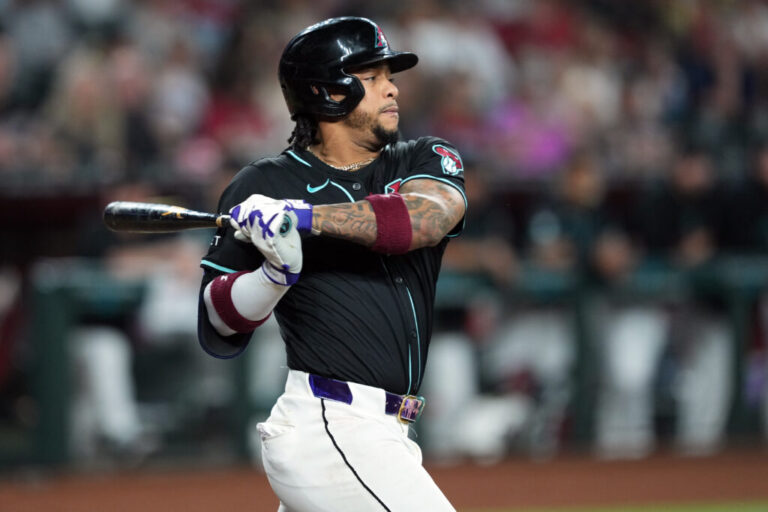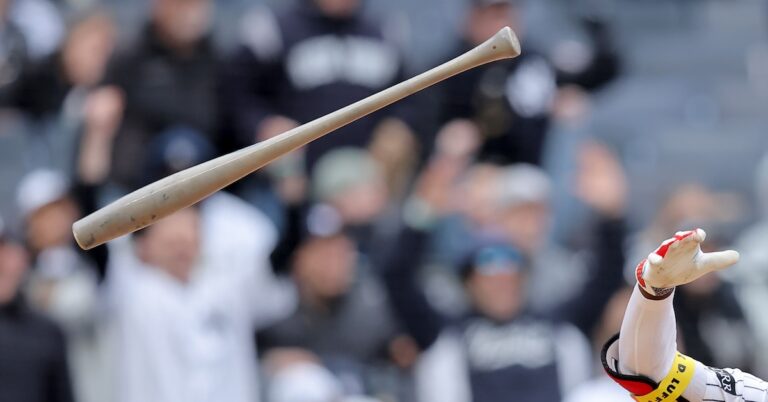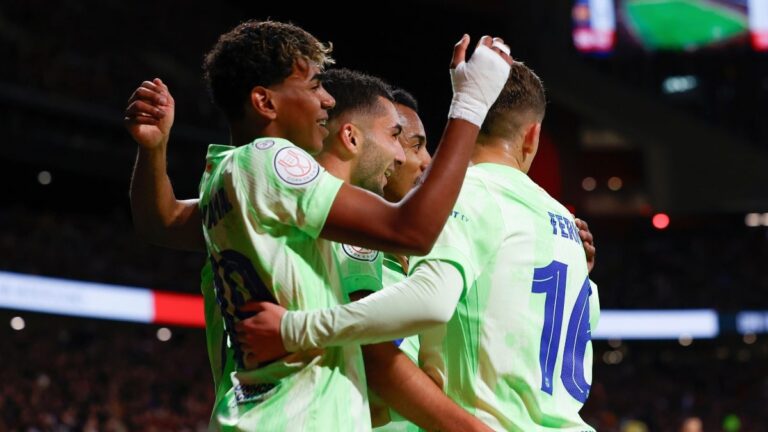

Back in December, the Red Sox acquired pitcher Garrett Crochet with the intention of signing him to a long-term contract, and that’s just what they did on Monday, extending the big lefty on a six-year, $170 million deal that kicks off starting in 2026. There’s no deferred money in this deal, nor is there a no-trade clause, though there is a $2 million bonus in the event that he is traded. There is also the typical incentive clause (up to $10 million) for Cy Young Award finishes and an opt-out after 2030. In an extra bit of injury protection, the Red Sox get a $15 million team option and the opt-out disappears if Crochet misses 120 consecutive days to a significant arm injury. Crochet was the main reason to watch about 20% of White Sox games in 2024, as he threw 146 innings over 32 starts, put up a 3.58 ERA, a 2.85 FIP, and 4.7 WAR, and earned his first All-Star selection. He then changed his Sox over the winter in that trade from Chicago to Boston.
I talked a little about this a few weeks ago, when I discussed what I’d do as a brutal despot of MLB. What I demanded — without, as I remind you, any legal authority to do so — was that the Red Sox close the deal with Crochet. The extension was, in my view, one of the most obvious things that should happen in baseball right now. The Red Sox appear to be on the verge of a return to contention, supported by a very good farm system, and they really needed a high-end pitcher for the top of the rotation. Before the extension, Crochet was set to hit free agency after next season, and keeping him around long term was essential for both baseball and public relations reasons; an ace pitcher was unlikely to come cheaper for the 2027 season, and his departure might have opened up old Mookie Betts-related fan wounds that have healed to an extent.
Suffice it to say, ZiPS likes him quite a bit. I discussed the projections for Crochet in the aforementioned article.
After also taking into account his $4.5 million salary for 2025 and the fact that he’s still arbitration eligible for 2026, ZiPS suggests offering Crochet a seven-year, $175 million contract starting this season. That doesn’t need to be Boston’s final offer, but it is a solid framework for what an extension could and should look like. Yes, there are risks, but the Red Sox shouldn’t sit at the high rollers table if they’re not willing to push in their chips.
That projected deal was a bit lighter than his actual six-year, $170 million contract, with the main difference being that I had it going into effect this year, when he’s scheduled to get paid $4.5 million. Projections aren’t static things, however, and Crochet is coming off a dynamite spring in which he struck out 30 batters in 15 2/3 innings and allowed just a single run. He also had a decent, though not amazing, Opening Day start against the Texas Rangers. Spring training and one regular-season start aren’t enough to drastically change most projections, especially for established players, but they do nudge them in one direction or the other. Let’s stuff some stats onto the ZiPS griddle and flip off some projection flapjacks.
ZiPS Projection – Garrett Crochet
| Year | W | L | ERA | FIP | G | GS | IP | H | ER | HR | BB | SO | ERA+ | WAR | $ | STATUS |
|---|---|---|---|---|---|---|---|---|---|---|---|---|---|---|---|---|
| 2026 | 12 | 5 | 2.88 | 2.68 | 29 | 29 | 137.3 | 117 | 44 | 11 | 43 | 172 | 145 | 3.6 | $18.1M | ARB3 |
| 2027 | 12 | 5 | 3.01 | 2.78 | 29 | 29 | 140.7 | 123 | 47 | 11 | 43 | 172 | 139 | 3.5 | $32.8M | FA |
| 2028 | 12 | 6 | 3.14 | 2.88 | 30 | 30 | 140.7 | 127 | 49 | 12 | 42 | 167 | 134 | 3.4 | $32.4M | FA |
| 2029 | 11 | 7 | 3.21 | 2.98 | 30 | 30 | 140.0 | 129 | 50 | 12 | 41 | 161 | 130 | 3.2 | $31.8M | FA |
| 2030 | 11 | 6 | 3.36 | 3.08 | 29 | 29 | 136.7 | 128 | 51 | 12 | 40 | 153 | 125 | 3.0 | $30.3M | FA |
| 2031 | 11 | 7 | 3.42 | 3.14 | 30 | 30 | 139.7 | 133 | 53 | 13 | 42 | 154 | 123 | 3.0 | $31.3M | FA |
With a projected $18.1 million salary in 2026, which would’ve been Crochet’s final season before free agency, ZiPS would offer him a six-year, $176.6 million extension (though in both the previous and current projections, I think ZiPS is being too optimistic on his final arbitration year salary given how large a jump it is). The opt-out clause in Crochet’s new contract isn’t a major one in that it only allows him to exit a year early, so it doesn’t have the same dramatic effect as one after 2026 or 2027 would have.
You could say that this is a lot of money for a pitcher with 224 career innings in the majors, an injury history, and a résumé that was more speculation than results at this time last year. You’d be right that it’s a lot of money, but the projections already factor in these risks. Crochet, with a lengthy track record and a spotless injury history almost certainly would’ve received a larger sum of cash. I actually accounted for this by telling ZiPS to assume that Crochet throws 200 innings in 2025, and to insert pre-injury projections of him as a starter in 2022 and 2023. With that lengthier and more durable track record, ZiPS would project him to get a six-year, $270 million contract! You can look at this actual extension as the Red Sox saving about $100 million for the risks they’re assuming, on top of the injury protection clause in the contract.
Anyway, back to non-imagination Crochet. You should ignore the games started total in the projections, as ZiPS is a little befuddled on his exact usage because of his very unusual workload pattern. More than half his 2024 starts lasted fewer than five innings, as the White Sox were (rightly) extremely careful with him as he was coming off Tommy John surgery and being converted to a starter. The innings totals, though, are far more solid, and this projection is generated based on Crochet never having better than coin-flip odds to qualify for the ERA title. ZiPS projects Crochet to be the fifth-most valuable pitcher in baseball through the 2031 season, behind Tarik Skubal, Logan Webb, Paul Skenes, and Corbin Burnes, and just ahead of Yoshinobu Yamamoto, Logan Gilbert, George Kirby, and Hunter Greene. Who among those names would you likely get for merely $170 million if they were free agents soon?
Crochet clearly wanted this deal, making public statements last year to the effect that he was seeking a long-term contract no matter where he ended up. The Red Sox clearly wanted this deal; while they have better prospects, I doubt they would have traded Kyle Teel, Braden Montgomery, and Chase Meidroth if they had zero expectation of extending Crochet. And Red Sox fans ought to have wanted this deal. Crochet is a true no. 1 starter who, in just six years, is projected to become the fifth-most valuable lefty in Red Sox history. The last day of March 2025 was a good day for the Boston Red Sox.





